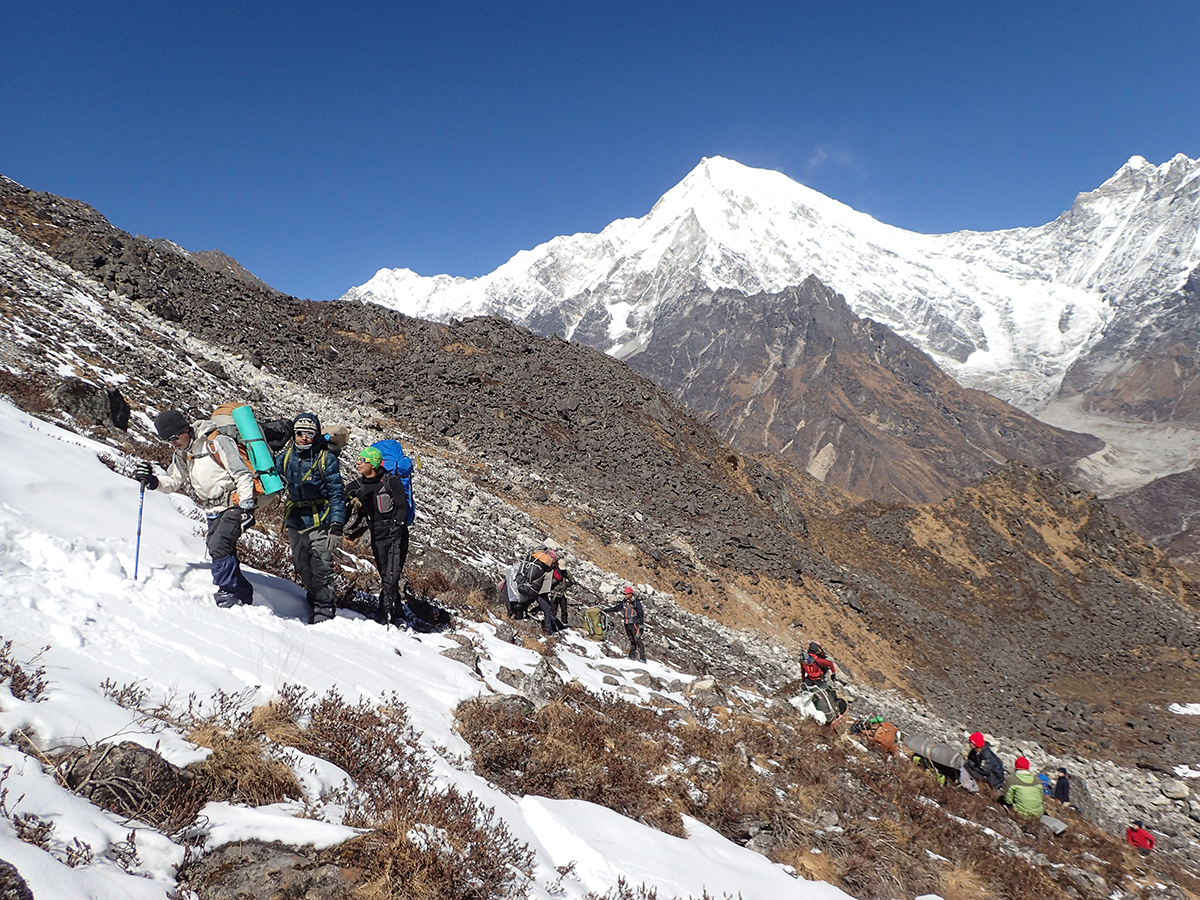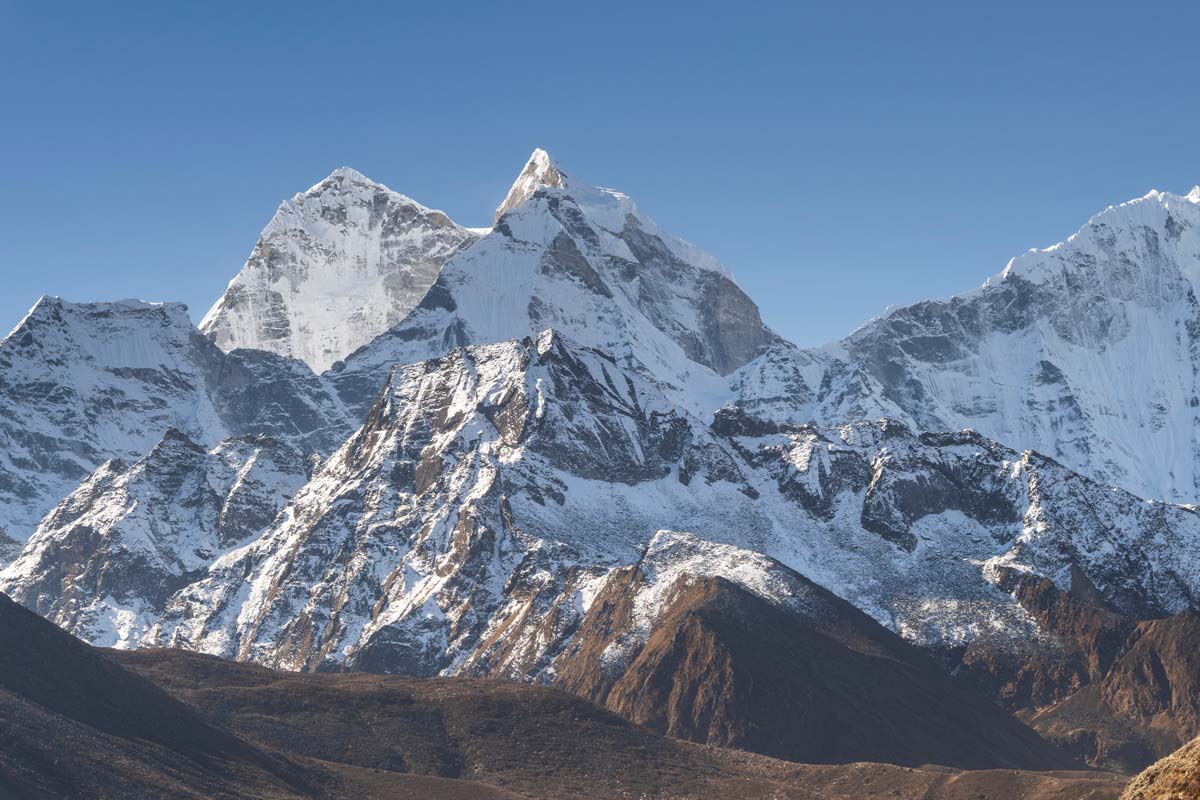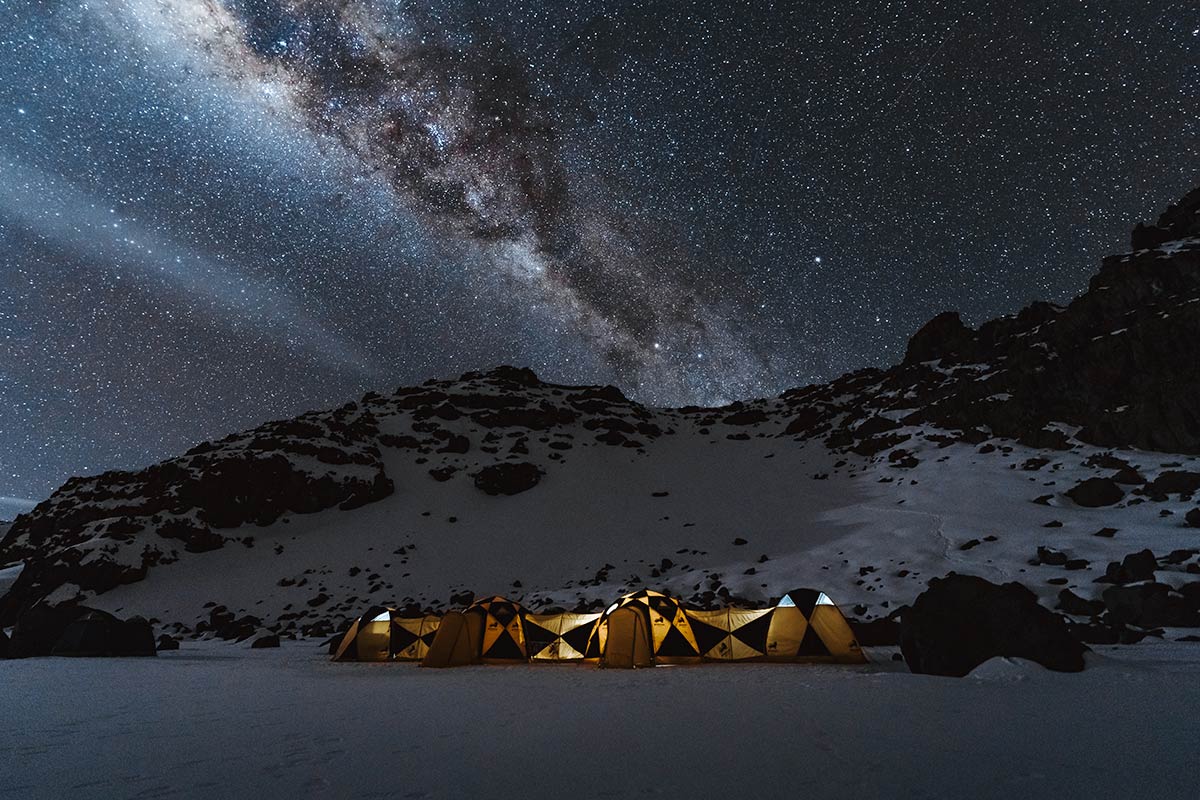Training is a fundamental component of the UIAA’s commitment to mountain safety and advancing climbing and mountaineering skills worldwide. In fulfilling this mission, the UIAA has been active in the field of accrediting qualifications (today Mountain Qualification Labels) since 1993, when the original four standards were adopted by the General Assembly in Santiago. The qualifications were developed in order to help harmonise qualification programmes worldwide, to share good practices and to support member federations who do not have an established qualification programmes.
Today there are 60 completed accreditations from 22 UIAA member federations on four continents. Several other qualifications are currently registered and working towards accreditation. In the coming months, some major advancements will be launched in the UIAA’s field of training. This includes a more efficient, effective and powerful database and digital versions for the popular Alpine Handbook.

These subjects, and many others, are addressed by Steve Long, Chair of the UIAA Training Panel and experienced mountain guide, as part of an interview discussing the present, and more significantly, the future of the UIAA’s work in this area.
UIAA: What is the role of the UIAA Training Panel and purpose of the UIAA Mountain Qualification Labels (MQLs)?
Steve Long: The UIAA Training Panel is a group of experts within the Mountaineering Commission. Each member of the panel is an expert in their field and is currently, or recently responsible, for their respective federation’s mountaineering and/or canyoning qualifications. The purpose of the MQL is to administer a set of international standards that allow member federations to demonstrate a robust quality assurance system for their mountaineering qualifications. This does not mean that qualification holders can automatically be recognised as qualified in other countries but does form a useful starting point for cross-accreditation by federations that wish to recognise suitable prior training. The process includes an independent field verification of a training or assessment course before accreditation can be approved. The MQL also endorses the professional qualification of International Mountain Guide, which is administered by the IFMGA, an observer member federation of the UIAA. The IFMGA conducts its own accreditation process, with the highest level of quality assurance.
What sort of qualifications are offered?
The UIAA does not itself deliver qualifications, it assists federations to develop their own qualification programmes for leaders and instructors. There are currently eight categories of activity qualifications: summer and winter hill walking, sport climbing, climbing with leader-placed protection, ice climbing, ski mountaineering, canyoning and glacial mountaineering. We do not normally accept glacial mountaineering as a first registration, requiring completion of accreditation for a less hazardous and demanding activity first, since mountaineering includes several other competencies (e.g. hill walking and climbing) as essential modules.

How does a UIAA member federation go about getting accredited?
The process starts when the federation’s head of training registers on our database (to be relaunched in the coming months). For federations that are new to the system, an induction visit is mandatory in order to discuss needs and aspirations and draw up a provisional time scale and negotiate the level of assistance needed. For well-established qualifications a verification inspection might be negotiated for the first available course, for others a development programme might be required. Once the induction has been completed the federation appears on our world map as an aspirant for that particular qualification.
Why is it important, if a member federation requires an external assessment of instructors and leaders, for them to adopt UIAA guidelines as opposed to other solutions on the market?
There are various other standards in place, for example for tourism. There are also various online “trip advisor” review systems. All these systems defer on safety to national qualifications delivered by technical experts, i.e. the mountaineering federations. The UIAA and the IFMGA are the only organisations with the resources and representation to deliver a worldwide comparison of qualifications based on internationally agreed criteria for quality control. A UIAA accreditation of any mountaineering qualification is a robust and demanding process.

In terms of these other solutions, what are the main problems a national body may face if going down this route?
Most other accreditation systems focus on aspects of travel such as logistics and accommodation. In many cases they are either self-regulated, or the review is delivered by customers, who are generally ill-suited to making judgements about safety and inspecting underlying quality assurance systems. No other systems are inspected by mountaineering experts, so they necessarily defer to the UIAA for comparison of standards for safety in mountaineering activities. This is particularly important in the current expansion of adventure tourism and training in adventure leadership. There are several cases of federations successfully obtaining government funding based on registration or accreditation through our Mountain Qualification Labels.
What are the common challenges UIAA member associations face in getting national leaders assessed? How can the UIAA assist in this?
Setting up a system for training and assessing leaders is complex. Requirements include creating and sustaining a training committee, syllabus and prospectus, teaching materials, and criteria for accrediting trainers and assessors. Once qualified, leaders and instructors need to be kept updated through a robust system of revalidation or compulsory continual profession development. Personal mountaineering experience both for recreation and leadership needs to be logged. All of this needs to be carefully monitored and the information secure and updated. The UIAA can provide assistance and resources for all these requirements, including a system database, an optional logbook for candidates and mentoring by experienced course developers and managers.
How does the assessment phase itself work?

The verification inspection is the final stage in the accreditation process, following a mentored period – which may range from days to years in length, depending on the existing level of development. The inspection is arranged once the Training Panel is satisfied that the main challenges described above have been successfully met. Although the working language is English, we do not require all material to be translated, and try to provide a mentor with a common language (although naturally this is not always possible). This information includes details such as staff: student ratios, contact hours and types of venue. The purpose of the inspection is to verify that course delivery does indeed match the aspirations of the federation in practical delivery.
Can you provide some recent case study information on how the UIAA Training Panel has helped member federations?
A good example is Nepal. Over the course of several seasons we were able to help the federation bridge an enormous gap between the classroom-based tour leader training and the small association of International Mountain Guides by developing a series of training and assessment courses with compulsory leading experience between modules. The courses are directed by IFMGA members and delivered by a team of trainers who worked their way through the programme. Finally, an independent inspection was arranged. This verified the quality of the system but also required, for sustainability, a ‘train the trainer’ course to be delivered to develop the next generation of trainers. We also field tested early versions of the UIAA Alpine Handbook with students on these courses and worked with several stakeholders in government and NGOs, all coordinated by the Nepal Mountaineering Association.
How, and with what scope, does the UIAA Training Panel work with the Petzl Foundation?
The UIAA Mountaineering Commission has a longstanding relationship with the Petzl Foundation, a charity that realised that it could better deliver its aims by working in partnership with the UIAA. The Petzl Foundation paid travel costs and pocket money for several training projects between 2010 and 2016. The working relationship still exists but future projects need to be proposed using the same application form that any other organisation would use, to be decided on a case-by-case basis. The Petzl Foundation still provides financial and design assistance with the ongoing development of the Alpine Handbook as well as related work such as the statistical project work to learn from near misses and accidents.

What is the purpose of the Alpine Handbook?The UIAA Alpine Handbook has been immensely popular: both the English and French language versions first editions sold out. A Korean version has now been published and a Turkish edition should be ready soon. We are now working on a digital app version of the handbook: this will be cross-platform for all computers, smartphones and tablets. Many trainees will still want to read a paper version, but the digital version will be cheaper to distribute and include hyperlinks to the latest information from UIAA commissions and other leading authorities in order to ensure that we have the best information and advice available for safety, sustainability and sport.
The Alpine Summer Skills handbook. For whom is this document aimed at, and how can UIAA member federations use this guide to benefit their members and instructors? When will a Winter version be available?
The development of the Alpine Handbook is a good example of the successful collaboration with the Petzl Foundation: early versions of the book were ring-bound, and tested with students in Ladakh, Jordan and Nepal. The book is intended as an aide-memoire for course attendees; it is not intended as a standalone manual. It should in any case be supplemented with knowledge of national and local environment and culture. The content is an ongoing collaborative process, using design expertise that would otherwise have been prohibitively expensive in order to produce a royalty-free book that is constantly being updated (we have new sections on GPS and summer avalanches almost complete, for example) that any federation is welcome to translate if it wishes. Several IFMGA members were involved in developing the content, and the UIAA Training Panel proof read and gave final approval of content. As with all UIAA productions, the Handbook provides guidance rather than rules.
All delegates at the UIAA General Assembly in Shiraz will be donated a special commemorative edition of the trekking section of the app. Member federations are invited to use this Handbook as a resource for their instructors: possibly supplementing their own course books – however there is no compulsion to use it: although accreditation inspectors will naturally expect to see some alternative course materials available if the Handbook is not adopted. Work is ongoing for a winter version.
With which UIAA Commissions does the UIAA TP work closely with and how?
We work very closely with other commissions, particularly the Safety and Mountain Protection commissions, since these provide much of the guidance for our cornerstone objectives of safety and sustainability, along with the Medical Commission. Other commissions benefit from the availability of suitably qualified leaders, both voluntary and professional. We will be exploring other ways to work with commissions during a meeting scheduled during the forthcoming General Assembly. We already require qualifications to include knowledge of sustainable practices, and this will be taken to a new level with our proposed Personal Skills training franchises.

What future developments can we expect from the Training Panel?
We are very excited to be able to announce the completion of our universal training database, the result of many years’ development work. This will enable us to process applications efficiently and simply. However, it is much more powerful than that! We will also be able to offer new services for federations to deliver through their instructors and also through partnerships with Mountain Guides. This initiative will provide an outline syllabus, contact hours and offer details for accredited basic skills training courses. These courses will deliver the UIAA’s three core objectives of its strategic plan; development of safety, sustainability and sport. We believe that these will prove to be particularly popular for federations that do not currently have their own training programmes in place as they will be able to invite federations with accredited programmes to provide instructional courses for their members. We hope that this initiative will also bring other benefits such as access to insurance packages for members at attractive premiums.
For further details please visit our dedicated pages on the Mountain Qualification Label and Training Panel.



